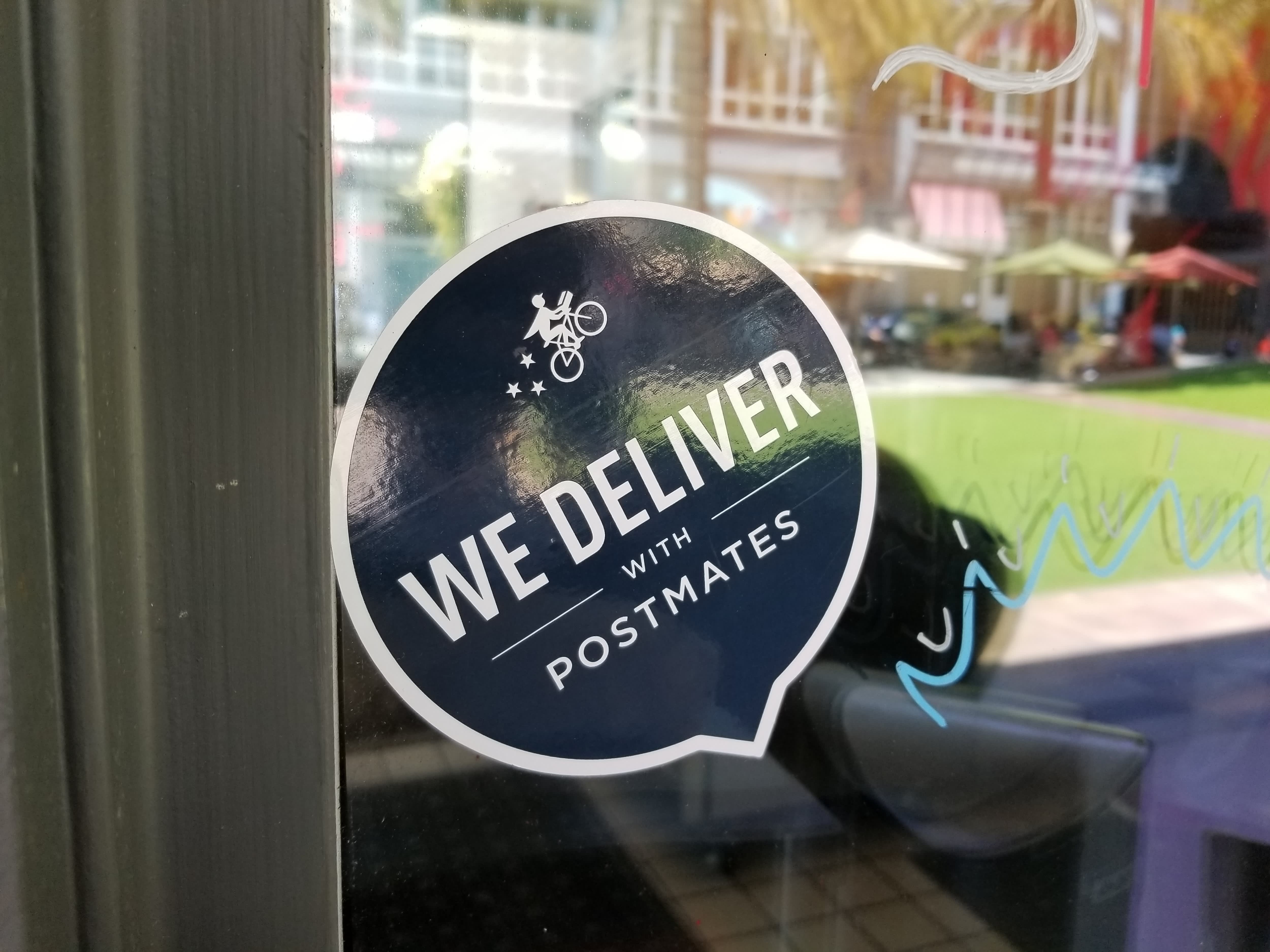Close-up of Postmates logo.
Smith Collection/Gado | Archive Photos | Getty Images
Venture capital’s renewed focus on profits instead of growth at any cost will make younger, urban lifestyles more expensive.
Boardroom conversations are shifting in the wake of WeWork’s failed IPO, and investors are urging money-losing start-ups to tighten operations and eventually bump up prices.
“The reality of the gig economy is that prices need to be raised and ultimately consumers will bear the costs,” said Dan Ives, managing director of equity research at Wedbush Securities. “The current business model is not built to be profitable and with investor pressure building on private and public names to get out of the red — the clock has hit 12 for the unprofitable models.”
WeWork has become the poster-child for that model not cutting it for public market investors. The real estate company ultimately pulled its IPO after weak demand, and received a rescue package from its biggest investor, SoftBank. CEO of the Japanese investing giant Masayoshi Son said earlier this year as a result, “investors are becoming more careful.”
To hit profitability sooner, management teams “will need to cut costs and ultimately raise prices which could markedly impact demand,” Ives said.
Uber, Lyft, and Peloton — which all made public debuts this year — are also bleeding money. Uber has said it expects to lose $3.2 billion this year, while Lyft reported a roughly $1 billion loss for the first quarter alone. Of the venture-backed U.S. companies that went public this year, only 9% were profitable, according to Pitchbook. That total was down from roughly 30% a decade ago.
Venture capital subsidies
Historically, these gig-economy start-ups have been able offer lower prices as an incentive to sign up for their service. Founders often point to Amazon as a success story that didn’t turn a profit for four years after going public.
Analysts say that has resulted in lower costs for younger, mostly urban consumers. Annie Kadavy, partner at RedPoint, said because buyers think about price on a relative basis, start-ups have to compete for the lowest price tag.
“In a market where venture dollars are widely available to subsidize and barriers to entry are relatively low, platforms have no choice but to compete on price to gain market share,” she said. “This is an expensive and risky game and there will be a lot of money lost in the process — but, for the winners, also a lot of upside.”
Ride hailing giants have slowly started raising prices to appease investors. Lyft CEO Logan Green told investors on a conference call last week that it implemented “modest pricing increases” over the last two quarters, which he said were matched by competitors.
“Belts are getting tightened,” said Gene Munster, managing partner at Loup Ventures. “We’re starting to see some increase in pricing from Lyft and Uber the past six months and would expect other gig economy and service-related companies to follow.”
Price of convenience
Half of consumers are now in the “convenience” segment and would be willing to pay modest 10% to 15% price increases, Munster said. But price increases alone won’t get these companies to profitability “so they will need improvements in utilization to reach that goal.”
But there’s another path to profitability: cost-cutting. Start-ups will need to do both, according to Stanford Graduate School of Business lecturer, Robert Siegel.
“The implications are that people in urban settings might see prices go up,” Siegel said. “But you will also see less hiring at these companies and headcount come down.”
Postmates is already reckoning with the change in capital markets. The food-delivery start-up, which competes with GrubHub and Uber, laid off dozens of employees and closed its office in Mexico City, people familiar with the matter told CNBC.
Because we’ve never seen the gig-economy run at this scale, Siegel said it’s still “unknown” to what extent it will hit consumers’ wallets. And to be sure, it’s a relatively small segment of people in major cities who rely on these services.
Still, some tech companies have been able to successfully raise prices. In January, Netflix implemented its biggest price increase since launching its streaming service 12 years ago. It raised the price of streaming plan by $1, and $2 for its premium plans. Earlier rate increases have had little effect on subscribers, and have traditionally boosted the stock.
But for your average “gig-economy golden child” it’s a “whole different ballgame,” according to Wedbush’s Ives. To reach profits sooner, management teams need to cut costs and ultimately raise prices which could markedly impact demand, he said.
“This is a tricky balancing act and we believe will end with a few winners, a number of losers and a wave of consolidation in 2020,” Ives said.
